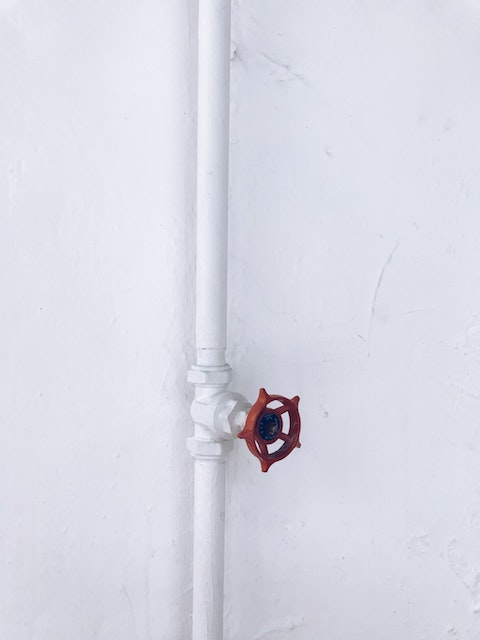Lug vs. a Wafer Butterfly Valve
05-01-23

Projections show that the global industrial valve market will reach a size of $110.5 billion by 2031.
There are many different types of valves, with each having different advantages and disadvantages. If you’re working on a project, you’ll want to use the most suitable valves for any application. Butterfly valves are a popular choice, but there are various types, so how do you know which one to use?
In this guide, we’ll do a comparison of a lug vs a wafer butterfly valve so that you can determine which is best suited to your project. Keep reading for more.
What Is a Lug Butterfly Valve?
A lug butterfly valve is one of the easiest types to install and remove. This is due to the lugs which are usually located on the body (although they’re sometimes on the disk). These can be ideal plant valves in various applications such as:
- Pulp/paper production
- Process control
- Water treatment
- Agricultural irrigation
Lug butterfly valves are typically made from materials such as steel and ductile iron. You can use them with both pneumatic or electric actuation. The disc and seat can vary in terms of material, and this will depend on the application as well as the flow of media.
Advantages of a Lug Butterfly Valve
Butterfly valves are a common choice as they’re generally more versatile than many other valves. There are plenty of options for customization, so regardless of the design of your system, you should be able to find the right lug butterfly valve for it.
The construction gives them very high durability. This makes them ideal for high-pressure and high-temperature applications where other valves might fail. They provide a tight seal, so can be relied upon in applications where leaks need to be avoided.
Lug butterfly valves generally have a very compact design. They can often be the best choice when space is a key factor
Disadvantages of a Lug Butterfly Valve
They have many advantages and work well in plenty of applications, but lug butterfly valves aren’t perfect. One noteworthy disadvantage is that they’re the most expensive type of butterfly valves. If you’re working on a tight budget, this might not be a viable option.
While they’re highly versatile compared to many other valves, some variations of butterfly valves are even more versatile than these. Other butterfly valves are typically easier to maintain, and can also be easier to install. This can add even more to the overall cost.
They hold many advantages over other valves, but when compared to other types of butterfly valves, there may be better options for your project.
What Is a Wafer Butterfly Valve?
A wafer butterfly valve has a stem with an attached disc. This rotates, which then controls the flow of the fluid in the system. When closed, it forms a tight seal preventing any leaks.
Most wafer butterfly valves have 4 holes in line with the pipes in the system. They’re installed between two flanges—wafer butterfly valves are compatible with the majority of flange standards.
They’re able to achieve a very strong seal due to the seat being made of EPDM (ethylene propylene diene monomer) or rubber. Like lug butterfly valves, these work with both pneumatic and electric actuation.
It’s important to note that these aren’t suitable for end-of-line use. Due to how they’re installed, the entire line needs to be shut down if one of these requires any maintenance.
Advantages of a Wafer Butterfly Valve
The disc of a wafer butterfly valve can rotate freely around the rod. The seal around the edge allows it to form an incredibly tight seal, keeping the risk of leaks to a minimum.
They provide better flow characteristics than most other valves. It’s easy to control the flow, and there’s very little pressure drop. They’re a very versatile option, making them ideal for a range of applications.
Wafer butterfly valves are very inexpensive compared to many other valves, so are often ideal when you need a cost-effective solution. They’re also very easy to install and maintain, which further keeps costs down.
Disadvantages of a Wafer Butterfly Valve
There are many industrial and engineering projects that make use of wafer butterfly valves. With that in mind, like any other type of valve, these too have some disadvantages.
One of the most significant is how limited the flow control is. It can be difficult to achieve precise flow control, so these aren’t ideal for a situation that needs to maintain an accurate flow.
Wafer butterfly valves often create a larger pressure drop than other types. This is an issue where pressure needs to be maintained, and is less efficient overall. While they’re inexpensive themselves, in certain applications, this can add a sizable amount to costs.
They’re also somewhat prone to clogging. This is due to their thin design, and it means that they need to be cleaned often. Fortunately, this is easier with this type of valve than it is with others.
Lug vs Wafer Butterfly Valve—Which Is Best?
When comparing a lug vs a wafer butterfly valve, the best choice will depend on the project and the application. You need to consider a range of factors in the system such as pressure, temperature, flow requirements, connections, and more. Your choice may also vary depending on the budget of your project.
Everlasting Valve Company is a leading supplier of butterfly valves, as well as other types such as gate valves, globe valves, and various valve parts. Click here to contact us and get a free quote today.